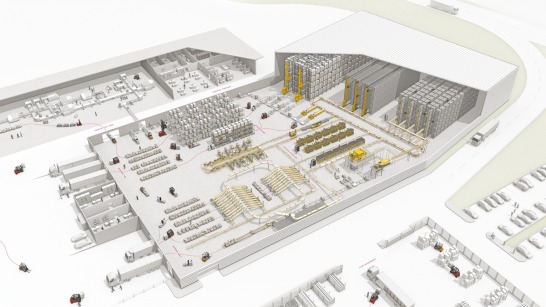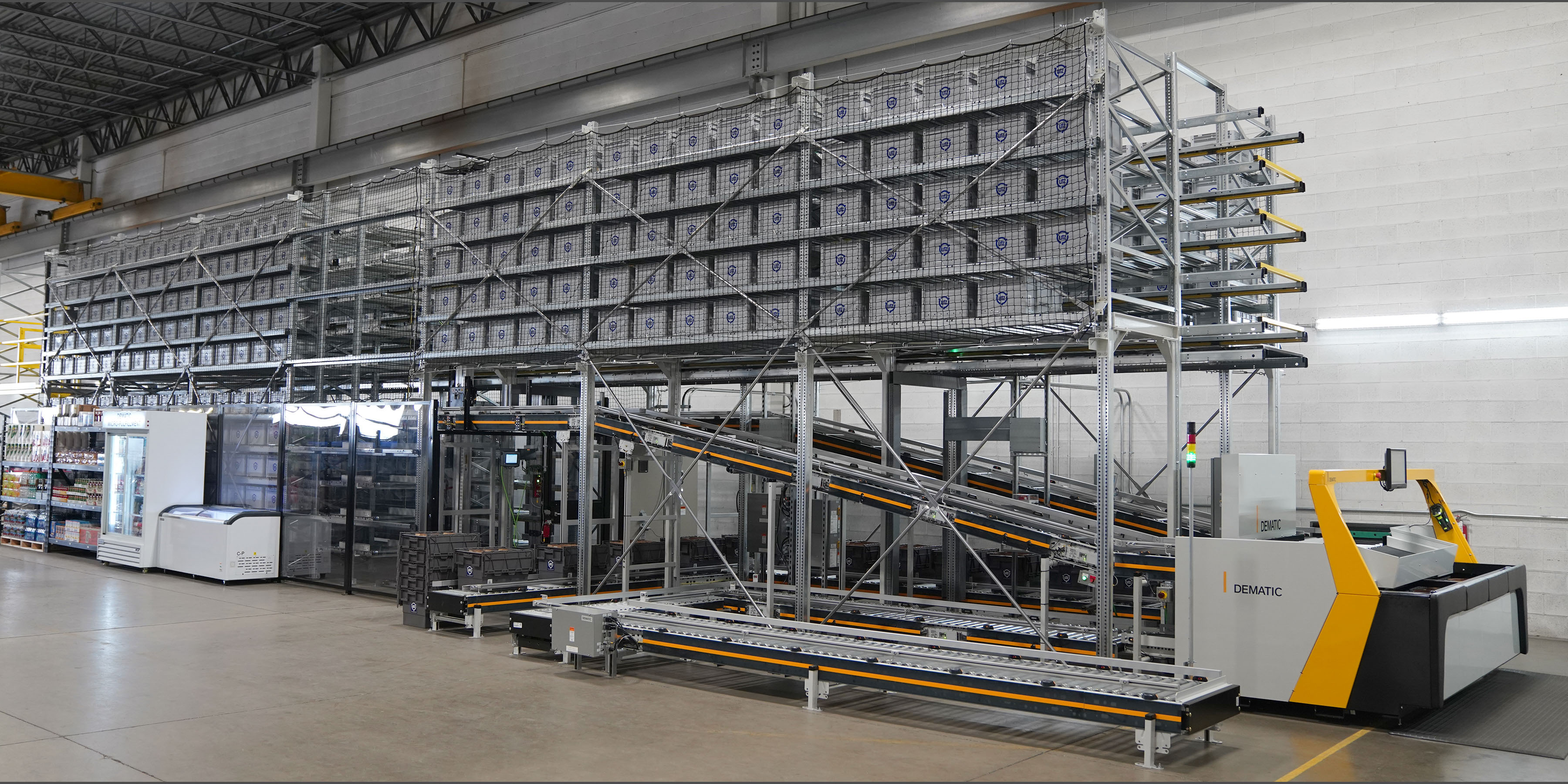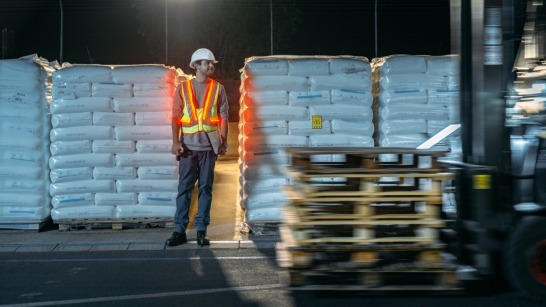
"Lights-out Warehouse" - Robotics in the warehouses
The requirements for intralogistics automation are constantly changing and Dematic plays a key role in driving these developments: independent storage and retrieval machines, automated guided vehicles (AGVs) and automatic multishuttle AS/RS systems. The experts also see the great potential of robotics in tomorrow’s warehouses.
2020-05-26





